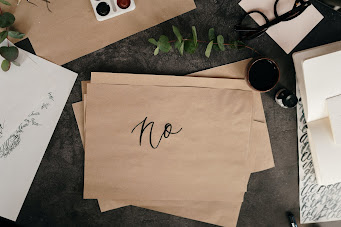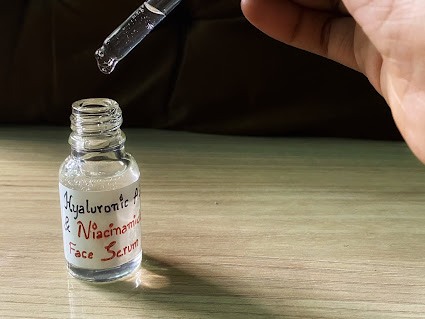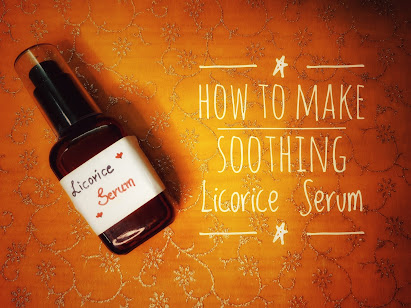Things that need to be considered while doing DIY Skin Care Products or Cosmetics
If you like to make skin care products or cosmetics by yourself, there are few things that need to be considered. Most of the experienced formulators know these already but the beginners might not. There are many DIY's all over Pinterest and social media which inspires us in doing skin care products by our self. But not all are safe and some can lead to skin irritation.
Do you want to watch this on Youtube, check here.
Let's discuss on the top 10 things to look:
1) Water and Oil doesn't mix. Don't put essential oils in water based products without a solubilizer.
Oils float on top of the oil. Essential oils at a higher usage rate can irritate and damage skin. If it is not mixed properly, there can be a chance of exposure to high concentration of oils.
If you like to make face mists or bath salts or miscellar water and want to include tiny amount of essential or carrier oil, add a solubilizer to mix oil and water. Some of them are Polysorbate 20, Polysorbate 80, Capryl Capryl Glycol, Natural solubilizers like Sepiclear. In bath salts, Natrosorb is generally added.
Also, if you want to include essential oils in facial products, you can make an oil serum.
2) Beeswax is not a complete emulsifier.
Beeswax is a wax which can harden the balms but will not emulsify with water. It can be used as an emulsion with Borax powder but is a bit complicated and needs some experience. Why to make things complex when we have emulsifiers which can get the work done?
There are plenty of emulsifiers like Emulsifying wax NF, lotion Pro, Polawax, natural emulsifiers like Olivem 1000, Dermofeel gsc, Montanov 68.
3) Never use high percentage of E.O's in facial product.
Essential oils smell great and have some good healing properties. But the skin on face and body is different. Essential oils are used at a lower rate when using on face and not all essential oils are good in facial products.
Some essential oils that I like using in facial products are Ylang Ylang E.O, Rose Geranium, Tea tree and Sandalwood with usage rate less than 0.3%
4) Do not mix lot of actives/extracts or other ingredients in pre-made base.
Premade base like conditioner base, cream base, shampoo base, gel base are formulated products allowing a bit of customization like Melt and Pour Soaps. Supplier provides the information on how much extract, color or fragrance can be added to the base. Mostly, it is less than 5%. If oils and water is added exceeding the usage rate, it will not be stable.
5) Using L'Ascorbic acid as Vitamin C in products
L'Ascorbic acid is very effective yet not stable when added in water. It decomposes quickly in water, changes color and feel within time. Formulating a product using L'Ascorbic acid is a bit tricky and needs knowledge.- Wearing gloves, hair mask when making products.
- Using respirator when working with ingredients that can be inhaled easily like SCI.
- Wearing Goggles, Gloves, full hand shirt and shoes when making SOAP to protect skin.
- Sanitizing equipment and workbench with 70% Isopropyl Alcohol.
- Storing less shelf life ingredients like carrier oils, proteins in refrigerator.
- Noting down the expiry dates and opening dates.
- Cleaning the surface as soon as something spills over.
- Storing in containers that can be less prone to contamination like airless pumps.
- Always use distilled water only.
- Selling products from home (small scale or big scale) isn't allowed in India. Check with local state drug authority for the licensing procedures.












Comments